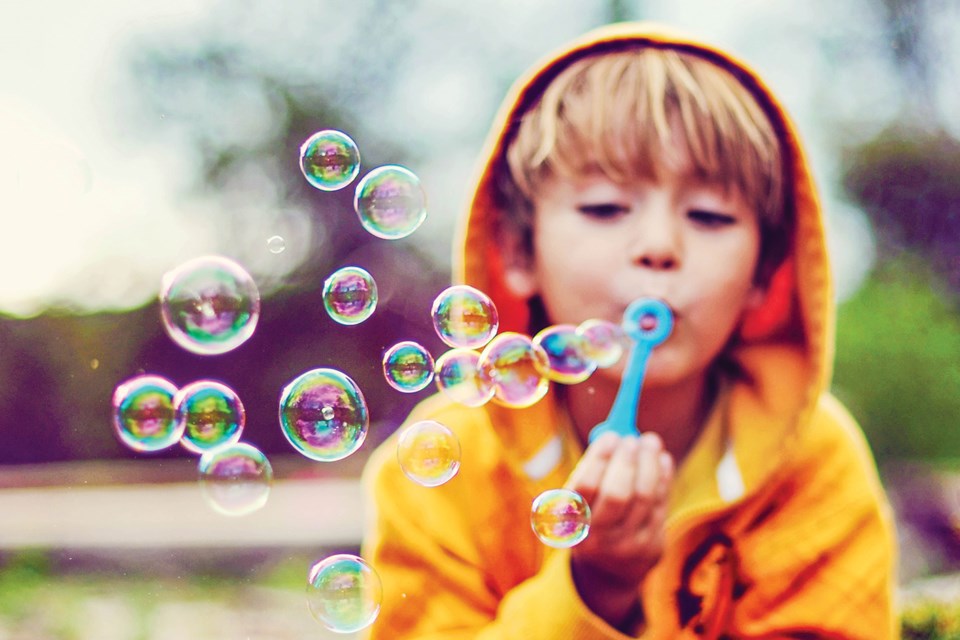This COVID business has spawned some expressions that really get under my skin. “Abundance of care” heads the list.
There is one expression, though, that I find charming and as well a useful metaphor – or imaging tool – for living: “Bubble.”
Has a kind of Dr. Seuss feel to it.
Of course we know the intended real-world meaning: We are to establish a finite social circle and stick with it, which is the opposite of the freewheeling social life many folks enjoy.
However, the bubble idea may be expanded – thought about in greater detail and applied to other contexts.
But first, a bit of basic bubblology.
There are many kinds of bubbles we might imagine that encompass the many facets of our inner world, and what I am proposing is a thoroughly visual process – ideally to be incorporated in a mindfulness meditative practice. The aim is to better understand our moods and emotions.
The bubble membrane – just like biological ones – ought to be selectively permeable. It should allow passage through it, lest the bubble become a prison. But, crucially, how porous our bubble becomes is an utterly personal (and informed) choice, and may change over time.
In a related way, some bubbles may overlap, like Venn diagrams.
A bubble may exist as much to keep something or some influence out as to keeping things in. In this sense – and in the language of chemists – we may titrate our environment, making small adjustments to maintain balance.
I must mention a very important caveat when applying Dr. Bonnie Henry’s advice for limiting social contact. If you live alone, by definition you exist in a bubble of one. Isolation is bad for mental health, so if you live this way you’ll have to be extra careful to ensure you have company.
Now, on to our mental/emotional bubbles.
It can often be useful to think of memory as a series of bubbles – in more conventional language, compartmentalization. But in bubble theory, we may allow certain memories, perhaps painful ones, to be sequestered. Remember, this is a visual process. Then, when for example something has been adequately dealt with, that memory might be allowed to migrate to another mental space – another bubble.
I mentioned above that we can create emotional compartments both as containers and as shields.
We all have a safe emotional space where we collect thoughts and memories that combine to remind us that we are good. Sometimes, we allow other perceptions and thoughts to invade this space, and this can jeopardize our emotional balance.
By visualizing this space as a bubble during our mindfulness practice, we can better understand those emotional qualities that give us comfort and at the same time protect them from unwanted influences.
The bubble metaphor can be as simple or as elaborate as you wish. I will finish this initial discussion with one final proposal.
Many of us tend to over-compartmentalize. We segregate memory from feeling, thought from experience. And this can sometimes lead to a feeling of being scattered – being neither here nor there.
Imagine then, in your meditative mind’s eye, all of these discrete bubbles merging, becoming singular. This, with practice, can lead to the calming sense of oneness we all need to be well.
A happy 2021 everyone.



